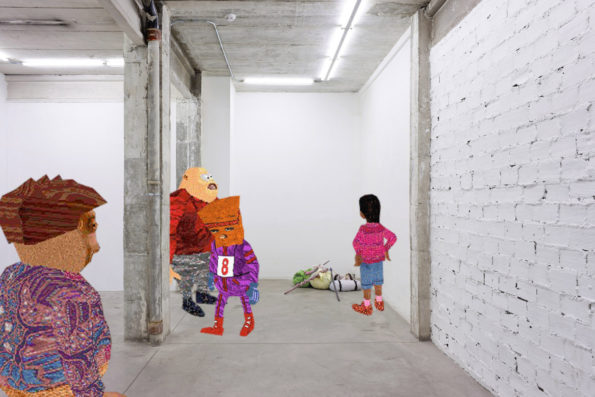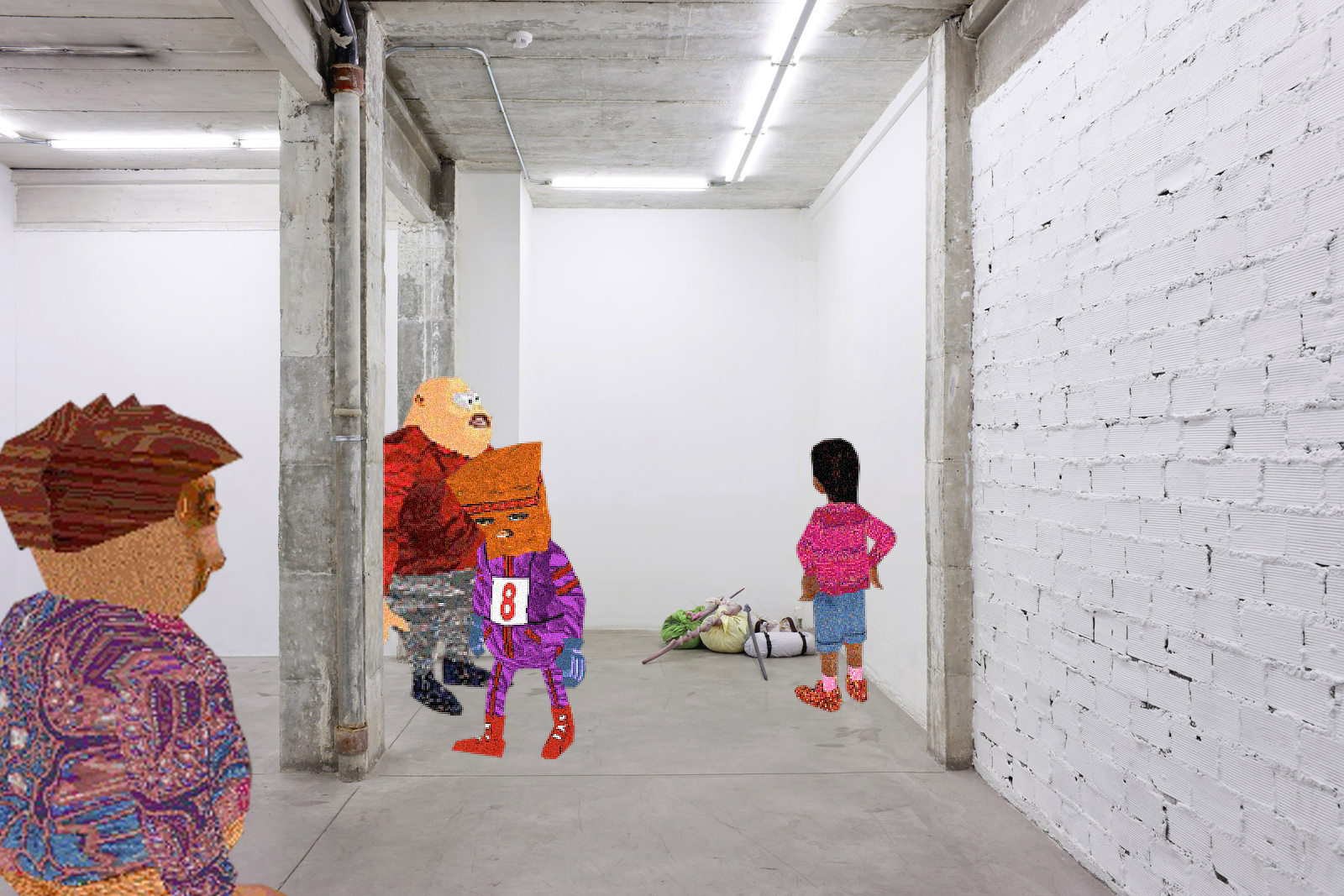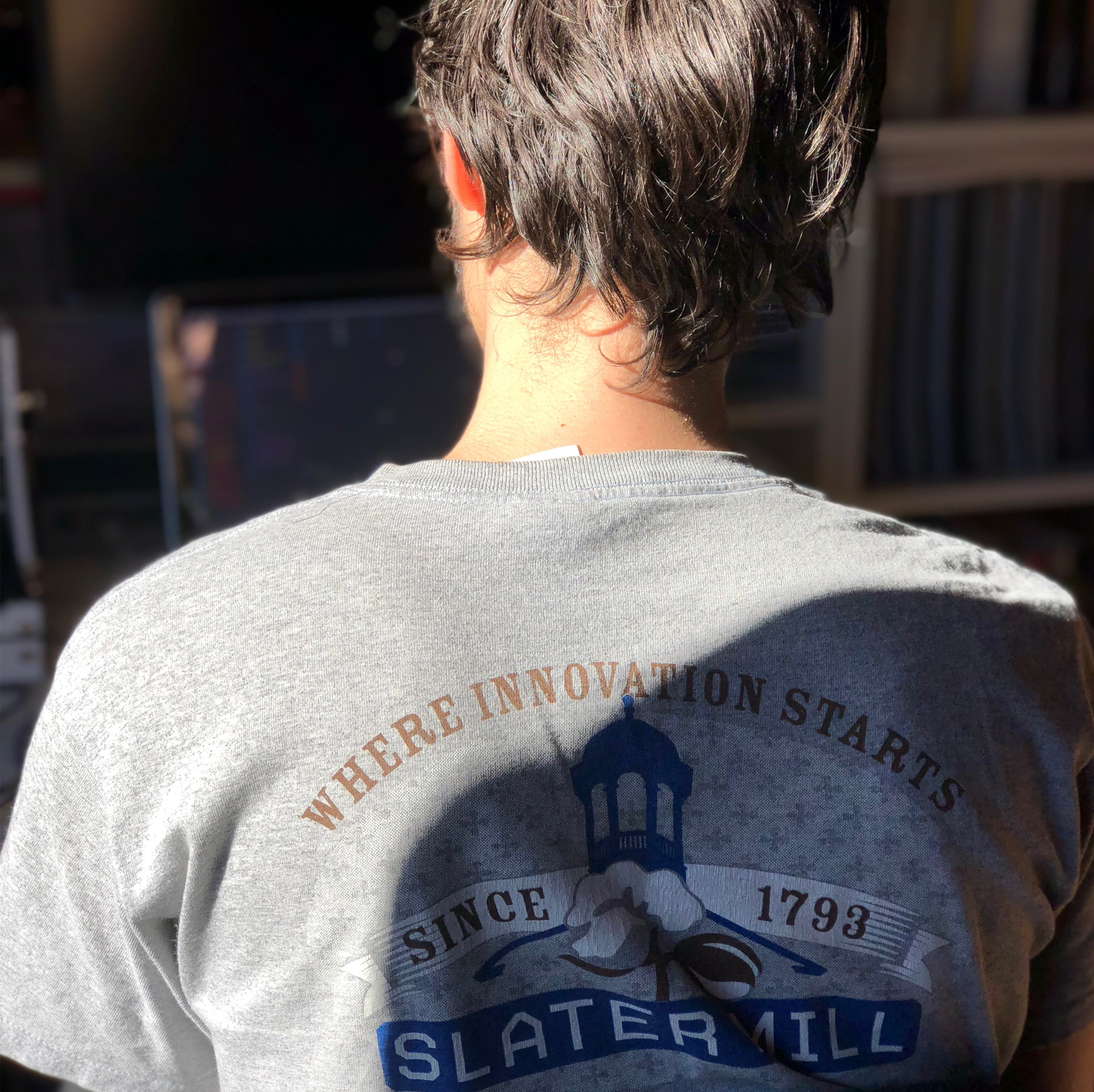Search
To search for an exact match, type the word or phrase you want in quotation marks.
A*DESK has been offering since 2002 contents about criticism and contemporary art. A*DESK has become consolidated thanks to all those who have believed in the project, all those who have followed us, debating, participating and collaborating. Many people have collaborated with A*DESK, and continue to do so. Their efforts, knowledge and belief in the project are what make it grow internationally. At A*DESK we have also generated work for over one hundred professionals in culture, from small collaborations with reviews and classes, to more prolonged and intense collaborations.
At A*DESK we believe in the need for free and universal access to culture and knowledge. We want to carry on being independent, remaining open to more ideas and opinions. If you believe in A*DESK, we need your backing to be able to continue. You can now participate in the project by supporting it. You can choose how much you want to contribute to the project.
You can decide how much you want to bring to the project.

As an artist, I’ve never had the feeling that I was creating anything remotely original. The only thing I’ve always done is copy — from anything, any idea, anyone. In fact, I’m surprised that there is no collective reflection on the bad reputation of copying, when it is probably the most noble and elementary of cultural gestures.[1] Suffice it to delve a little into history to realise that not only is every artwork a copy of copies, but it is also the product of endless and arbitrary variables on which we have no authority. And that should be okay. The fact that nobody invents anything is a relief if what we really want is a learnable art and a society characterised by distributed knowledge.
Nonetheless, this clashes strongly with the feeling of the majority that prefers to associate creativity with personal merit and perceives the copy as something that corrupts it. So much so that over the course of time and through my own practice, I’ve reached the conclusion that the cult of personality isn’t just another feature or accessory, but a structural, homeostatic component of art.
I choose two reasons:
The first is of a cognitive nature, and describes copying as an involuntary, constant and necessary process. No matter if we repeat ancestral biological and social patterns — patterns that are tattooed on our genes and have been self-replicated over the course of hundred of thousands of evolution. No matter if our subjectivity is precooked. No matter because, at the end of the day, all our experience takes place in private, in a small soundbox that isolates us from noise and conveniently selects, customises and amplifies information. For this reason, feeling that something we’ve copied is ours isn’t a contradiction but rather the most cognitively profitable option.
The second reason is of a retributive nature. It recognises the social value of authorship and attributes a compensatory function to it. It interprets prestige as a way of rewarding those who perform tasks so difficult to assess and with such a high energy consumption that they would otherwise be relegated to altruism. From this point of view, the cult of personality is justified because it produces motivation, which is an essential ingredient for art.[2]
The importance of these two factors, cognitive and retributive, is reflected in the interests of those who defend the professionalisation of art, in their efforts to normalise cognitive contingency, on the one hand, and to establish rules of the game that will guarantee payment for artistic work, on the other hand. Not in vain, professionalism boasts of integrating art into society’s most common structures, which it can afford to do because it has managed to connect with a sensitivity derived from Conceptual Art and because it likens the craft to bureaucratic modes of production.[3] Presumably, in an attempt to secularise and depersonalise the talent that is never actually consumed. Perhaps because professionalism always leaves the narrative of the self intact. Perhaps because it replaces the question of the cult of personality with the question of how it is administered. Like intellectual property rights, whose objective is to mediate authorship, not refute it.

The thing is that we shall soon undergo a strong acceleration, like the one we once experienced in the case of industry. Having reached this point, we shall have to revise many of the myths surrounding the self to see whether they are still useful, and let go of those that appear as a solution but that, unintentionally, already form a part of the problem. Specifically, the myths that contribute to that same acceleration because, as in the case of creativity, they need to exploit time.[4] This is the dialectics of discontent and change that is also practiced by the markets;[5] a dialectics that is no longer restricted to one field, one profession, one social group or one geographic context, but that has an increasingly atomic and abstract presence in an increasingly virtual society, driven by increasingly ubiquitous technologies of Self-production.
This is how obsolescence works. When we only produce value through change we disregard content, effort and social meaning. We provoked an unnecessary anticipation in the production project, shunning internal value and sacrificing it through the artificial acceleration of its life cycle.[6] In this sense, I think we can’t reduce the question of obsolescence simply to a problem of technical means. Its effects, both on art and on technology, show that obsolescence is the result of a much more ambitious, active and unilateral model of progress, produced by the human agenda and strongly ideologised. It is responsible for that rare sense of circularity, of constant novelty, of having seen everything and nothing, of simultaneous familiarity and amnesia. Of intervening in the birth and death of what would never have been and what has not yet become.[7]
Now more than ever before it’s important to admit the potential and singularity of the different agencies that intervene in art. It’s something we need to do to loosen the strong bond between art and artist that is so compromising for us.[8] We also need to do so to restore a certain degree of autonomy to the artwork, secular yet removed from logocentric thought, that will protect the wildest species of art: art that is difficult to explain, to remember, to exhibit, to sell, to document, to preserve, to install and even to enjoy. It will be a good opportunity to get rid of the dubious influence of authorship, originality, novelty and other beliefs on our psychosocial guise. And even to reform the binary logic that justifies them and thus dilapidate the weary dynamics of adversarial systems that are subject to irrelevant determinism.[9]

[1] Víctor says he never copies anything. He prefers to speak of ‘appropriation’. He thinks his work stands out from others for the choices he makes. Marcia always felt like asking him ‘But Víctor, isn’t style a way of copying yourself?’.
[2] I met Marta at an opening, smoking outside. I asked her if she too was an artist. She replied, ‘I work at three jobs to be able to pay the rent of a studio I don’t have time to use, and then go to openings where I’m able to say I’m an artist.’
[3] If you ask Marcia about her studio, she’ll correct you immediately and say that it’s an office. But if you ask her about her office she’ll say that it’s a studio. It’s as if she were afraid of losing something.
[4] Lorenzo knows that authorship is a prize to whoever arrives first, not whoever arrives best. That’s how he justifies the hours he spends in front of the computer trying to discover if anyone else has done it before. Sometimes he discovers that they have, and that’s when he wonders whether he has done it better.
[5] Frustrated with the art system, Inga fantasises with ceasing to make art and opening a gallery that won’t sell what is usually sold, for collectors who don’t buy what is usually bought. Although he would probably never have thought that if it were his art that was sold and bought.
[6] Han earns some money creating installations for art fairs. He’s always been surprised by the number of works displayed at fairs for the first time, that aren’t sold and are then locked up in a warehouse forever.
[7] Gillian left school almost two years ago, but she still hasn’t dared exhibit. She’s terrified to think that what she’ll exhibit will compromise the rest of her career, that should be coherent from the very first to the very last work.
[8] Brandon considers himself a successful artist, although ever since he began trying new things he would exhibit less frequently.
[9] Etc.

Rubén Grilo is an artist. He lives in Berlin.
"A desk is a dangerous place from which to watch the world" (John Le Carré)